Our Museum Store
InfoAge Science & History Museums
No Short Climb
Just after the Great Depression, young college-educated African-Americans found themselves unemployed and unemployable because of their race. As the U.S. geared up for the coming war on the European continent, efforts were made to aggressively recruit and place Blacks into the military and the civilian service corps. Despite obstacles that hindered acceptance and promotion, African-Americans made major contributions to the technological successes of WWII. NO SHORT CLIMB combines personal memoir with archival footage, still photography, and graphics, to present a first-hand account of the previously unknown story of the contributions of African-American scientists and technicians during WWII.
Documentary; 58 minutes – $15.00
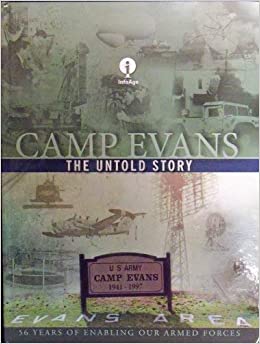
Camp Evans: the Untold Story
Camp Evans – The Untold Story tells the story and history of Camp Evans, which, for fifty six years, was the highly classified R&D sub post of Fort Monmouth where numerous Electronic Warfare systems were developed, tested and deployed in the defense of our nation. Co-authored by Robert F. Giordano, former Director of the Fort Monmouth Electronics Warfare Laboratory and the Center for Electronic Warfare/Reconnaissance, Surveillance and Target Acquisition, and many other engineers and scientists who worked at Camp Evans, the book recognizes the significant contributions made by dedicated military and civilian personnel, a workforce that was considered the best in the country.
$25
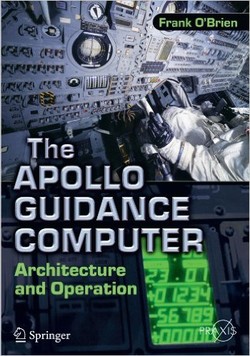
The Apollo Guidance Computer: Architecture and Operation
The technological marvel that facilitated the Apollo missions to the Moon was the on-board computer. In the 1960s most computers filled an entire room, but the spacecraft’s computer was required to be compact and low power. Although people today find it difficult to accept that it was possible to control a spacecraft using such a ‘primitive’ computer, it nevertheless had capabilities that are advanced even by today’s standards. This is the first book to fully describe the Apollo guidance computer’s architecture, instruction format and programs used by the astronauts. As a comprehensive account, it will span the disciplines of computer science, electrical and aerospace engineering. However, it will also be accessible to the ‘space enthusiast’. In short, the intention is for this to be the definitive account of the Apollo guidance computer.
Frank O’Brien – $20

The Road to the Armistice 1918
The Road to the Armistice 1918 is a meticulously researched presentation of the major events in one of the most important years in world history. Richard J. Connors Ph.D. details the famed battles, the personalities and political machinations that finally brought World War I to a close. This is a concise compendium of information and a somber reminder of the great costs and great heroism that marked the “War to End All Wars”—during its centennial.
Richard J. Connors – $10
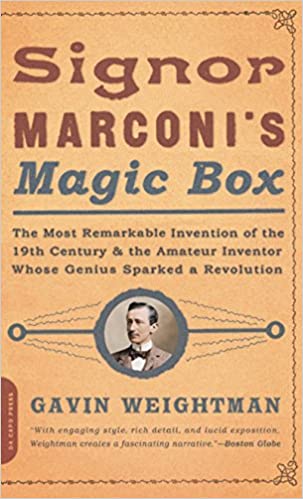
Signor Marconi’s Magic Box
The world at the turn of the twentieth century was in the throes of “Marconi-mania”-brought on by an incredible invention that no one could quite explain, and by a dapper and eccentric figure (who would one day win the newly minted Nobel Prize) at the center of it all. At a time when the telephone, telegraph, and electricity made the whole world wonder just what science would think of next, the startling answer had come in 1896 in the form of two mysterious wooden boxes containing a device one Guglielmo Marconi had rigged up to transmit messages “through the ether.” It was the birth of the radio, and no scientist in Europe or America, not even Marconi himself, could at first explain how it worked — it just did. And no one knew how far these radio waves could travel, until 1903, when a message from President Theodore Roosevelt to the king of England flashed from Cape Cod to Cornwall clear across the Atlantic. Here is a rich portrait of the man and his era-and a captivating tale of science and scientists, business and businessmen. There are stories of British blowhards, American con artists-and Marconi himself: a character par excellence, who eventually winds up a virtual prisoner of his worldwide fame and fortune.
Gavin Weightman – $10
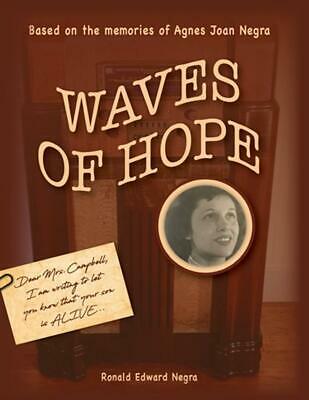
Waves of Hope
Through the vivid memories of Agnes Joan Negra, currently at the 100-year milestone of life, travel back to hear the expressions of American World War II prisoner of war mothers, fathers, wives, sisters, and brothers as they wonder whether their loved ones are alive while searching for word—any word—about the fate of their soldiers. This true story is documented by handwritten letters and postcards from these American families. Using a shortwave radio during World War II, the newlywed wife of an American soldier becomes one of the only communication links to the families of American prisoners of war as they struggle with anxiety, fear, and heart-wrenching emotions worrying about the fate of their captured sons, husbands, and brothers.
Ronald Negra – $16
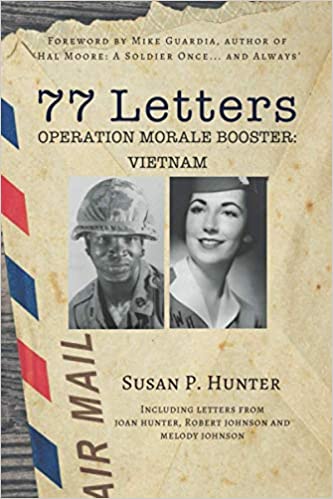
77 Letters
In 1966, during the Vietnam War, Joan Hunter, an ordinary housewife, mother of four from the small, idyllic coastal town of Scituate, MA, spearheads Operation Morale Booster, a mission to ensure that every deployed American G.I. receives mail at weekly mail call. Armed only with her typewriter and her vibrant personality, she reaches thousands of soldiers and especially captivates one battle-tested soul, Bob Johnson. She is white, he is black; she is married, he is not. This potentially scandalous relationship transcends society’s rules of engagement due to their honest and thought-provoking candor. This found collection of letters, providing a full dialogue in many cases and spanning 7 years (1966-1972), engages the reader, allowing them to vicariously experience what it was like to be a recipient in real-time. With the exchange of letters driving the story’s flow, the reader will be taken back in time and into the day-to-day activities of one of the most successful cavalries in the U.S. Army during the Vietnam War (1st Cavalry Air, 2nd/7th Cavalry Division, Airmobile).
Susan P. Hunter – $15
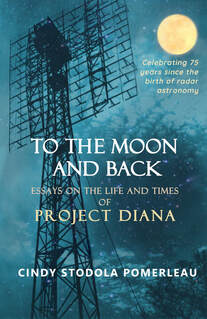
To the Moon and Back: Essays on the Life and Times of Project Diana
Cindy Stodola Pomerleau was just shy of three years old when the U.S. Army successfully bounced radio waves off the moon—the first-ever extraterrestrial communication, the birth of radar astronomy, and the opening salvo in the Cold War. She was born on the Jersey coast for the same reason as Project Diana—her father, as Scientific Director of the Project, was intimately involved in both events. Like Project Diana, she was named for the goddess of the moon (in her case Cynthia, the nickname for Artemis, the Greek version of Diana, who was born on Mt. Cynthos). Project Diana is baked into her DNA.
Cindy Stodola Pomerleau – $15
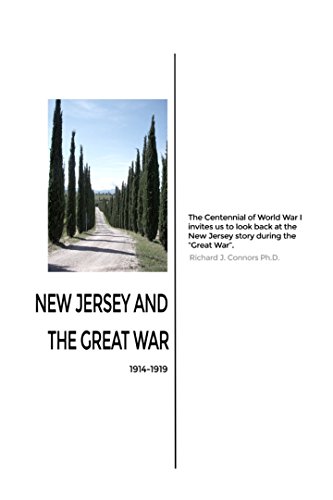
New Jersey and the Great War
With this insightful analysis, Richard J. Connors Ph.D. commemorates the contribution of the State of New Jersey and its citizens on the centennial anniversary of World War I. Because of its coastal location and much-needed industry, New Jersey played a significant role both prior to and during America’s declared involvement. Historical detail brings to life pre-war America and the daily lives of those who would sacrifice so much. From immigration to industry and infrastructure, we see the factors that contributed to the war effort. Well before America’s formal entry to the war, supplies and volunteers to European forces shaped public perception and involvement and laid the groundwork. Once war was declared, the bulk of New Jersey’s National Guard units, draftees, and volunteers served in two US Army Divisions, the 29th and the 78th; their roles in particular are meticulously researched. New Jersey and the Great War offers a fresh look at the background and aftermath of a state uniquely poised in its preparation for world-wide war.
by Richard J. Connors – $10

The Knot Will Hold
This is the story written by a World War II veteran about his experiences in World War II. He was part of the crew for the first test flight of a 105mm howitzer in a glider plane. The story is an accurate and very descriptive account of his World War II experience. One was his description of the weather conditions at the ‘Battle of the Bulge’. It went like this: ‘It started to snow a steady downfall that piled up and covered equipment, guns, and men. It continued through the night and the only way to withstand the dead quiet was to wrap a blanket around the shoulders, hold your gun upside down, wrap a scarf around the neck and face, and stand or lean against a jeep or howitzer. A figure resembled a marshmallow on a stick.’
Sgt Walter K. Tuzeneu, US Army – $10
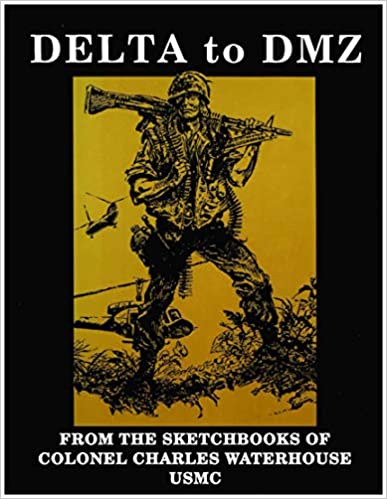
Delta to the DMZ
Charles H. Waterhouse (September 22, 1924 – November 16, 2013) was an American painter, illustrator and sculptor renowned for using United States Marine Corps historical themes as the motif for his works. His art spans subjects from Tun Tavern, the birthplace of the U. S. Marines to present day topics. This sketchbook follows US military from the Mekong Delta to the DMZ which separated North and South Viet Nam. In 1971 the Marines awarded Waterhouse the title “USMC Artist in Residence”, thus becoming the first and only person to earn such recognition. At the same time, the Marines promoted him to colonel and he retired at that rank on February 19, 1991.
from the Sketchbooks of Colonel Charles Waterhouse, USMC – $15
Merchandise
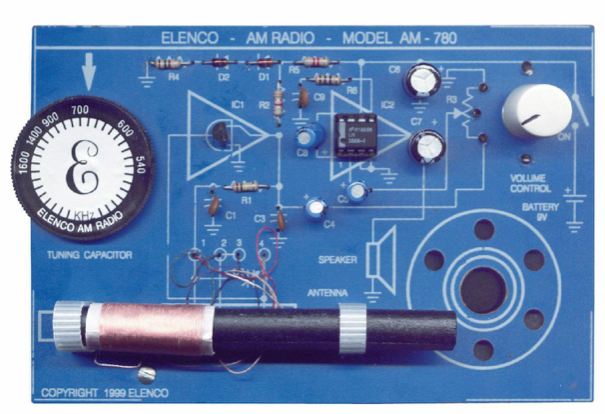
ELENCO AM-780K 2 IC AM Radio Kit
(soldering kit)
Easy-to-Build complete radio on a single PC Board. The unique design allows you to place parts over its corresponding symbol on the PC Board and it teaches the design theory of AM radio operation. A 9V Battery is required.
$20.00
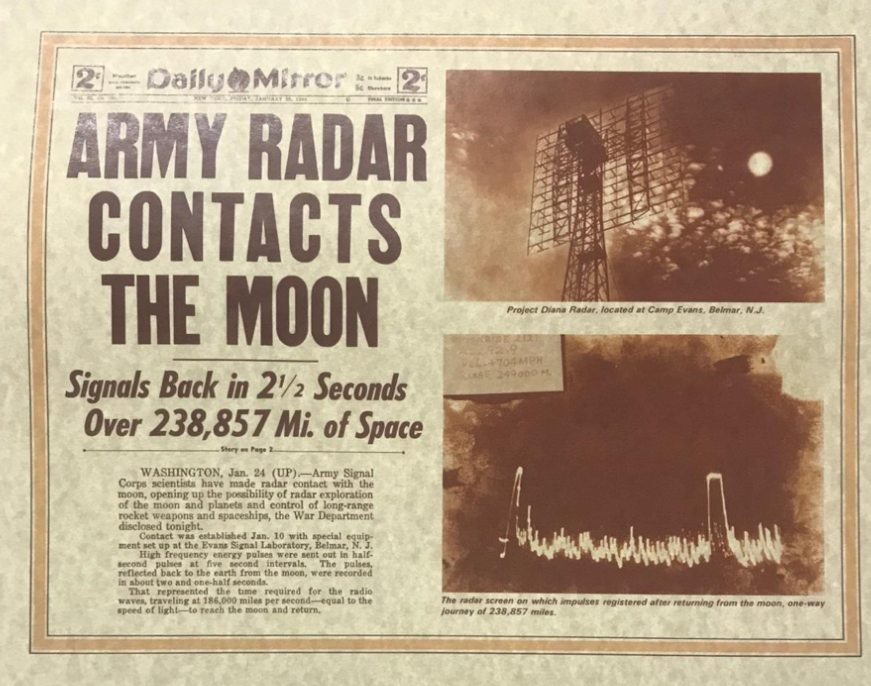
Project Diana Headline
New York Daily Mirror Headline “ARMY RADAR CONTACTS THE MOON”, January 25, 1946
Project Diana, named for the Roman moon goddess Diana, was an experimental project of the US Army Signal Corps in 1946 at Camp Evans to bounce radar signals off the Moon and receive the reflected signals. This was the first experiment in radar astronomy and the first active attempt to probe another celestial body. It was the inspiration for later EME (Earth-Moon-Earth) communication techniques
$5.00
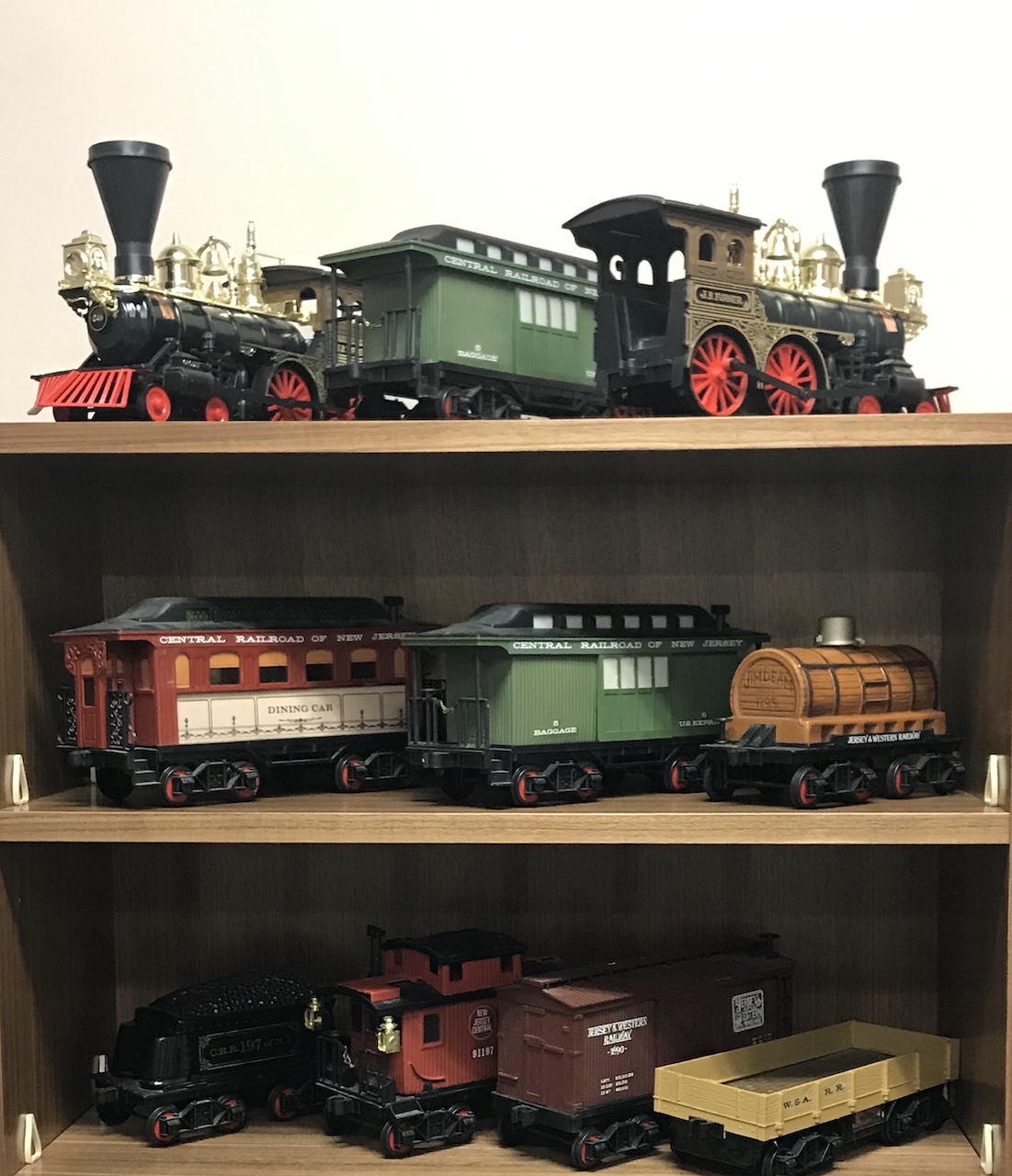
Jim Beam Collectible Ceramic Train Decanters
These train decanters are the perfect vessels to hold your liquid refreshments on a shelf. Various engines and cars priced from $10 to $25
$10 – $25
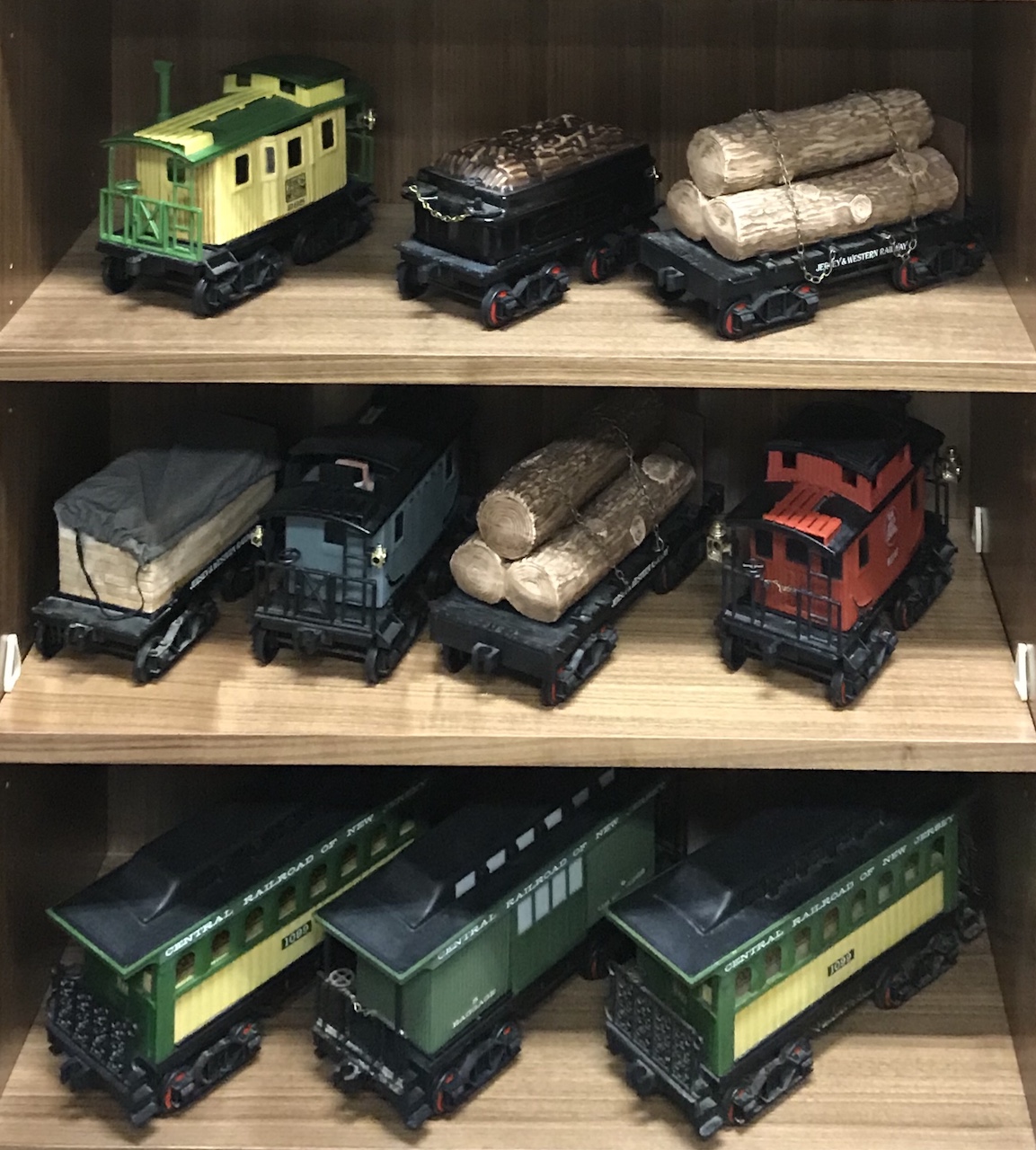
Jim Beam Collectible Ceramic Train Decanters
These train decanters are the perfect vessels to hold your liquid refreshments on a shelf. Various engines and cars priced from $10 to $25
$10 – $25
Check back soon! More to see at our store!
We Need Your Help! Volunteer with Us.
Join our mission to preserve historic Camp Evans and teach the public about science and history.
Sign up to join our team of volunteers and start on your own mission today.
InfoAge Science & History Museums
2201 Marconi Road
Wall, NJ 07719
Tel: 732-280-3000
info@infoage.org
webmaster@infoage.org
